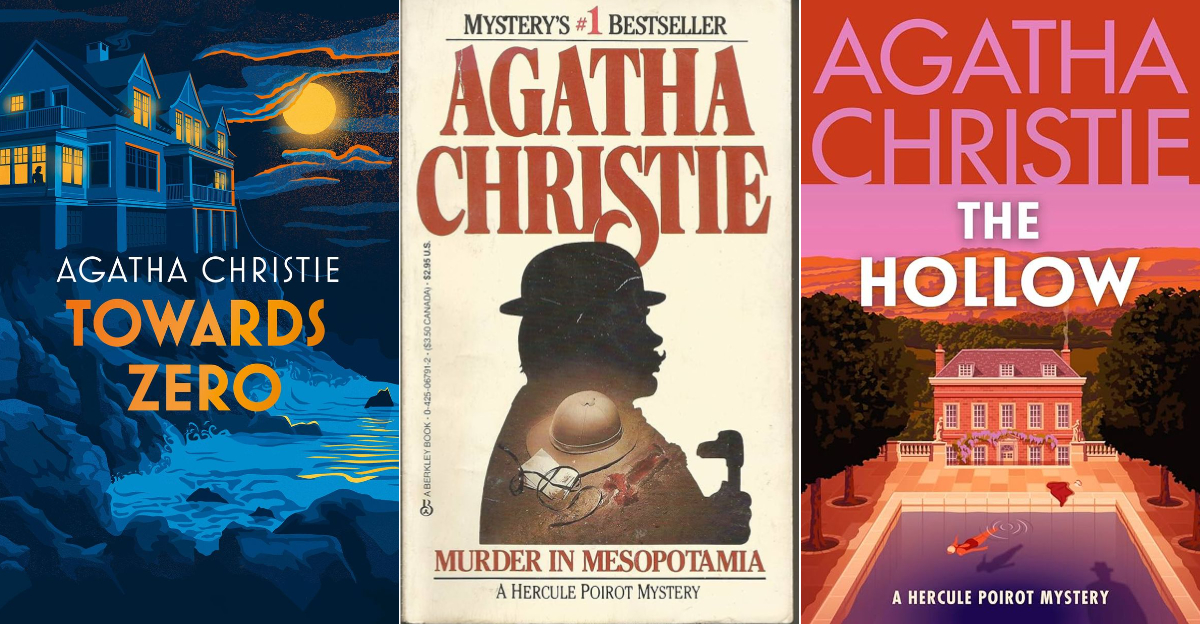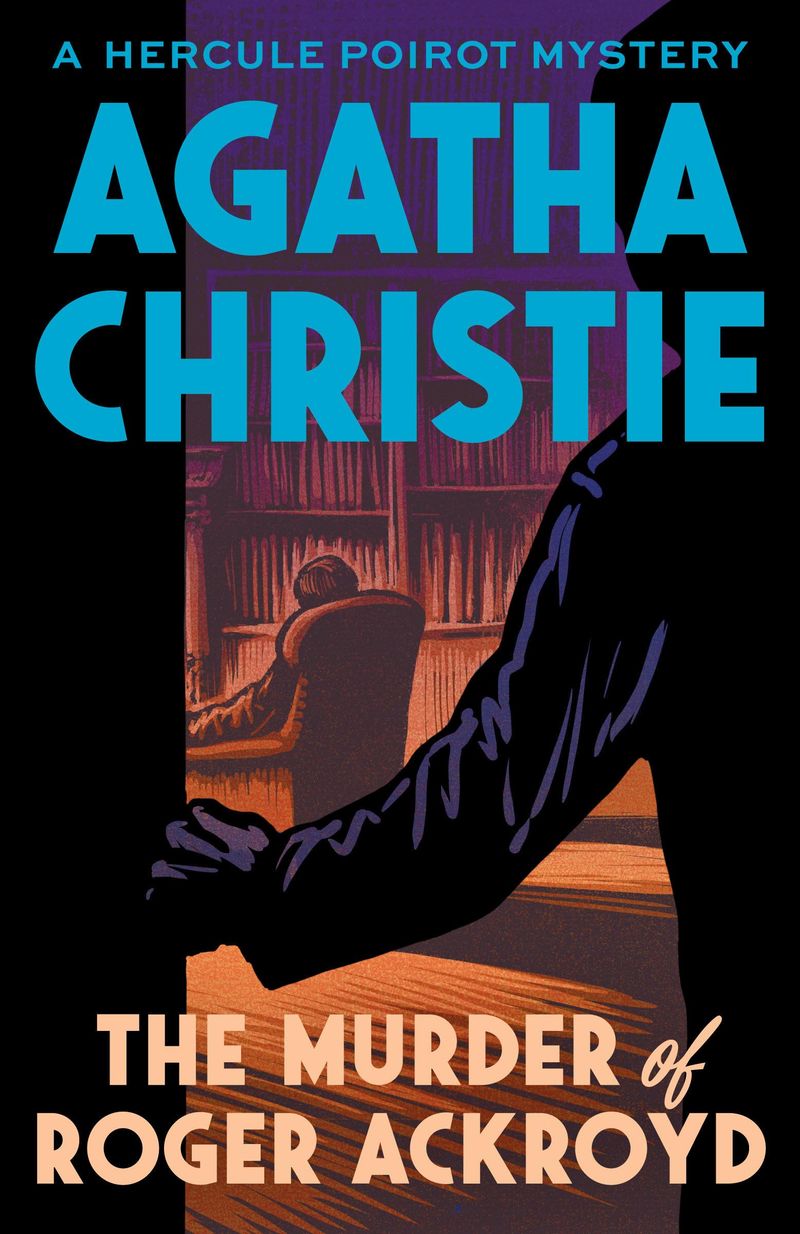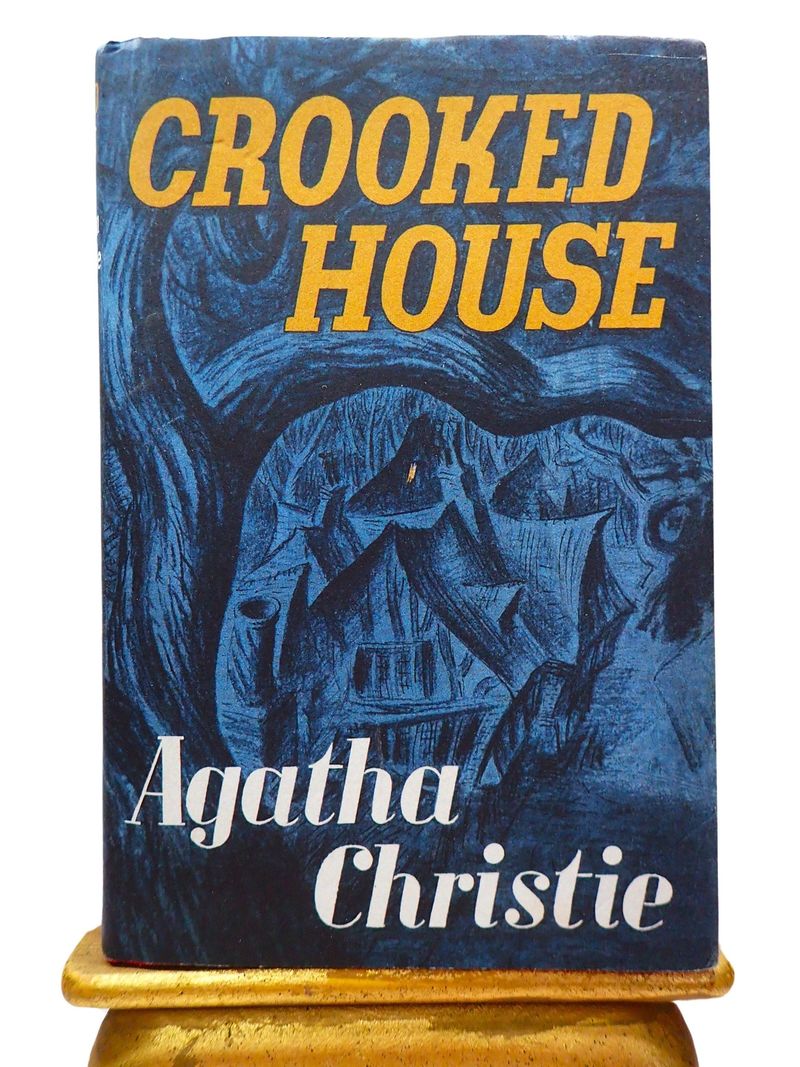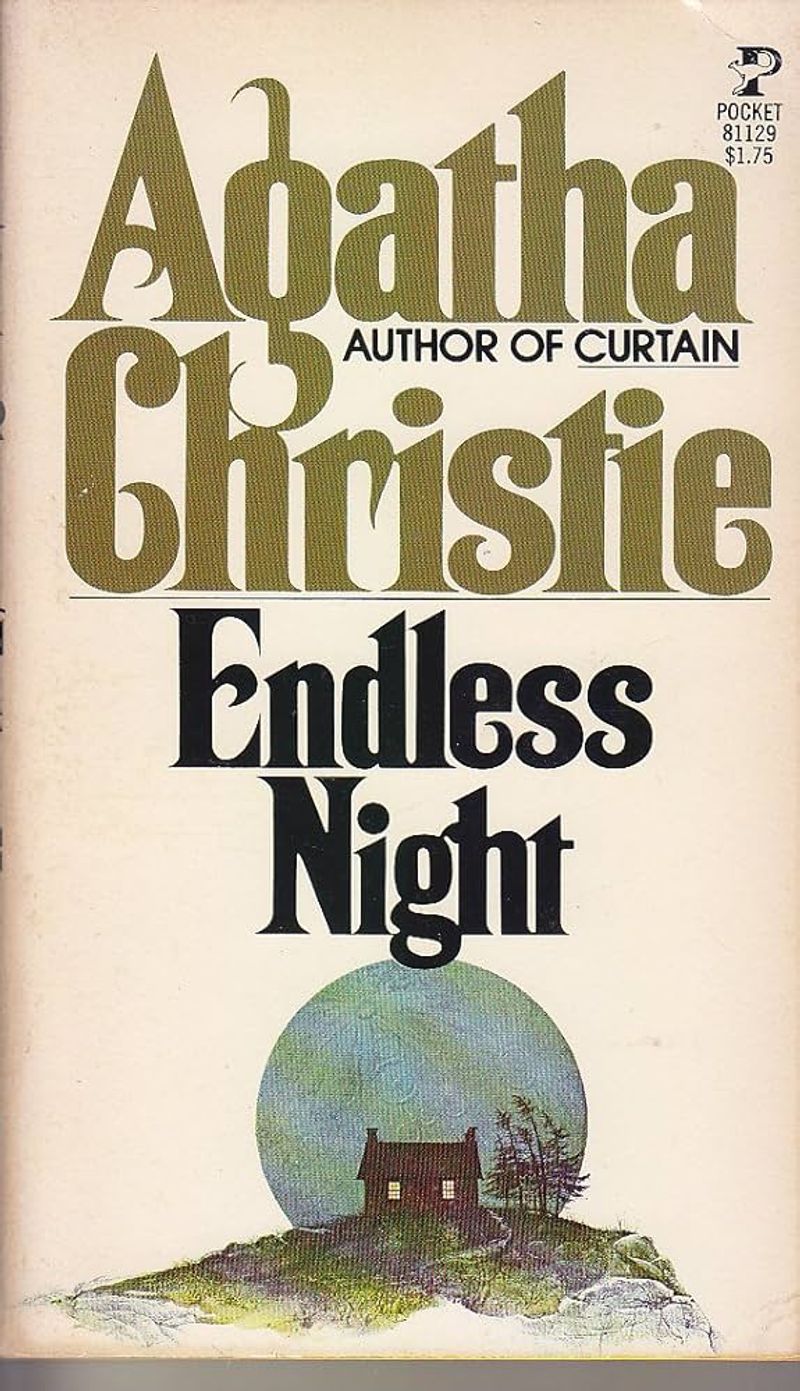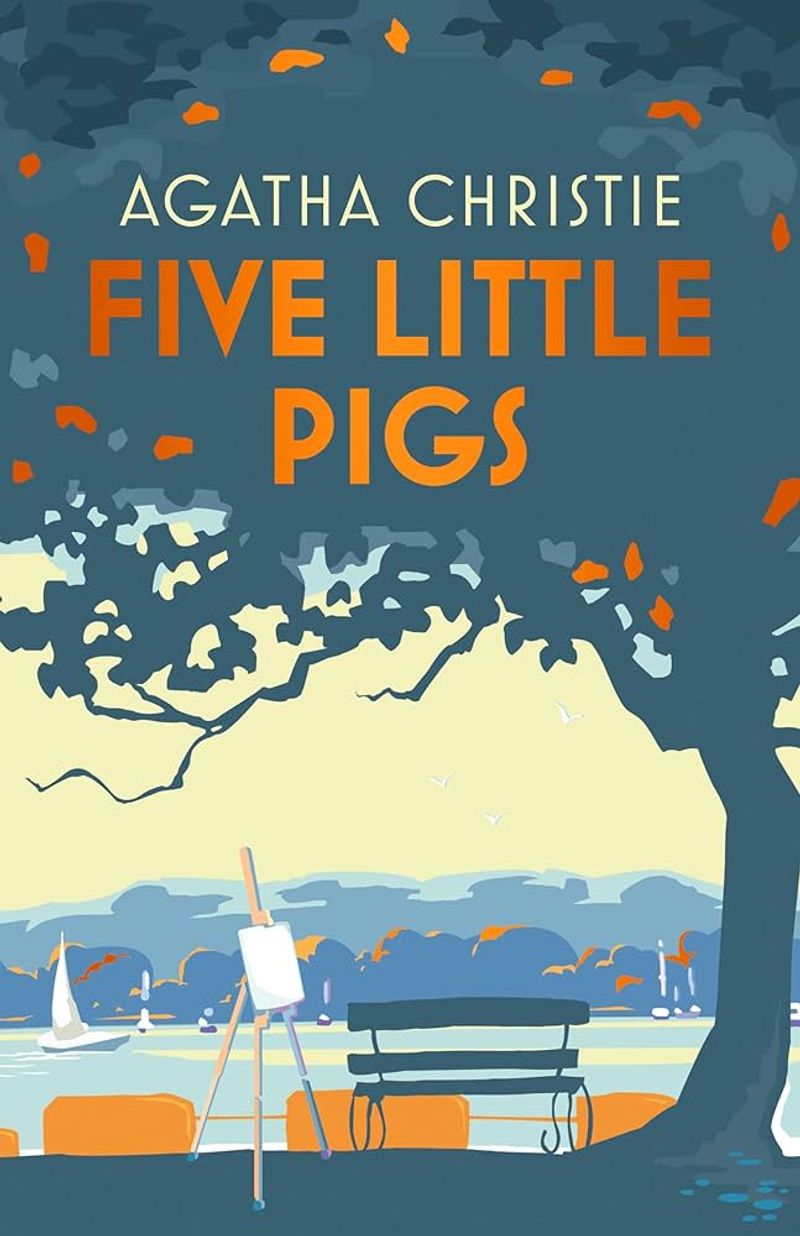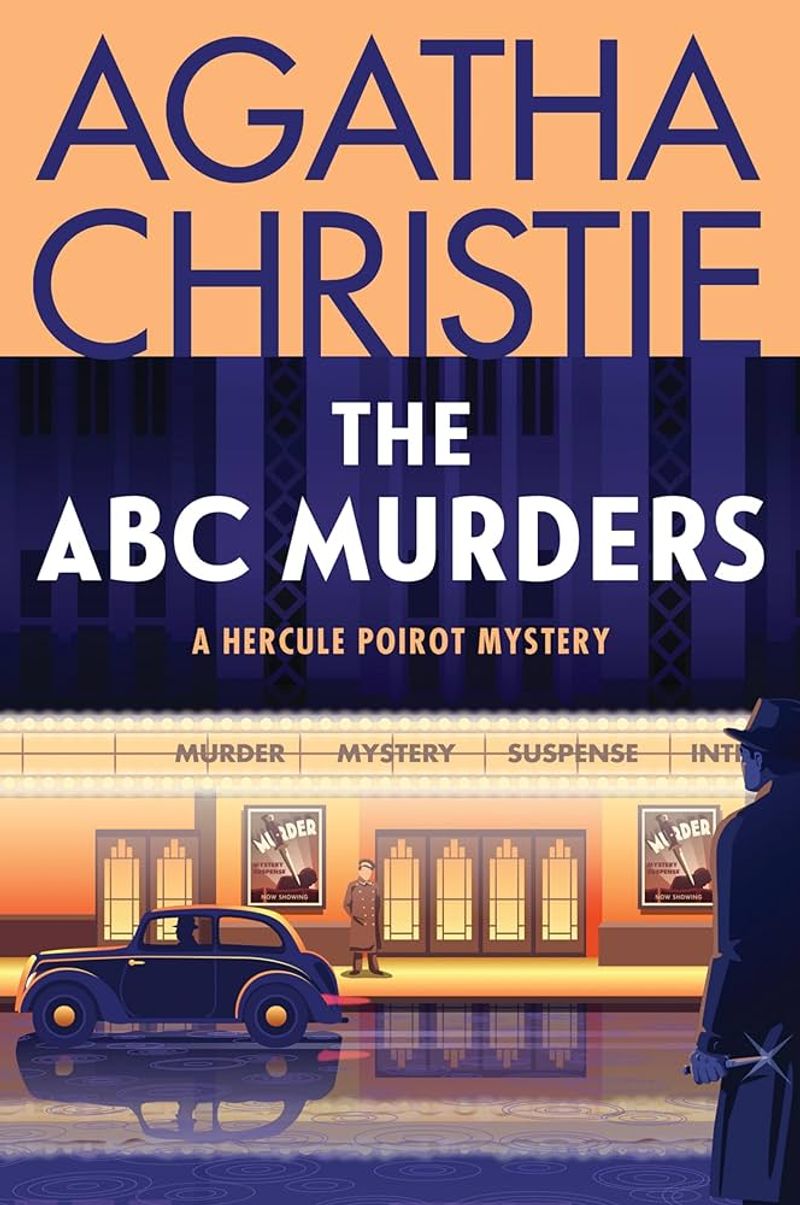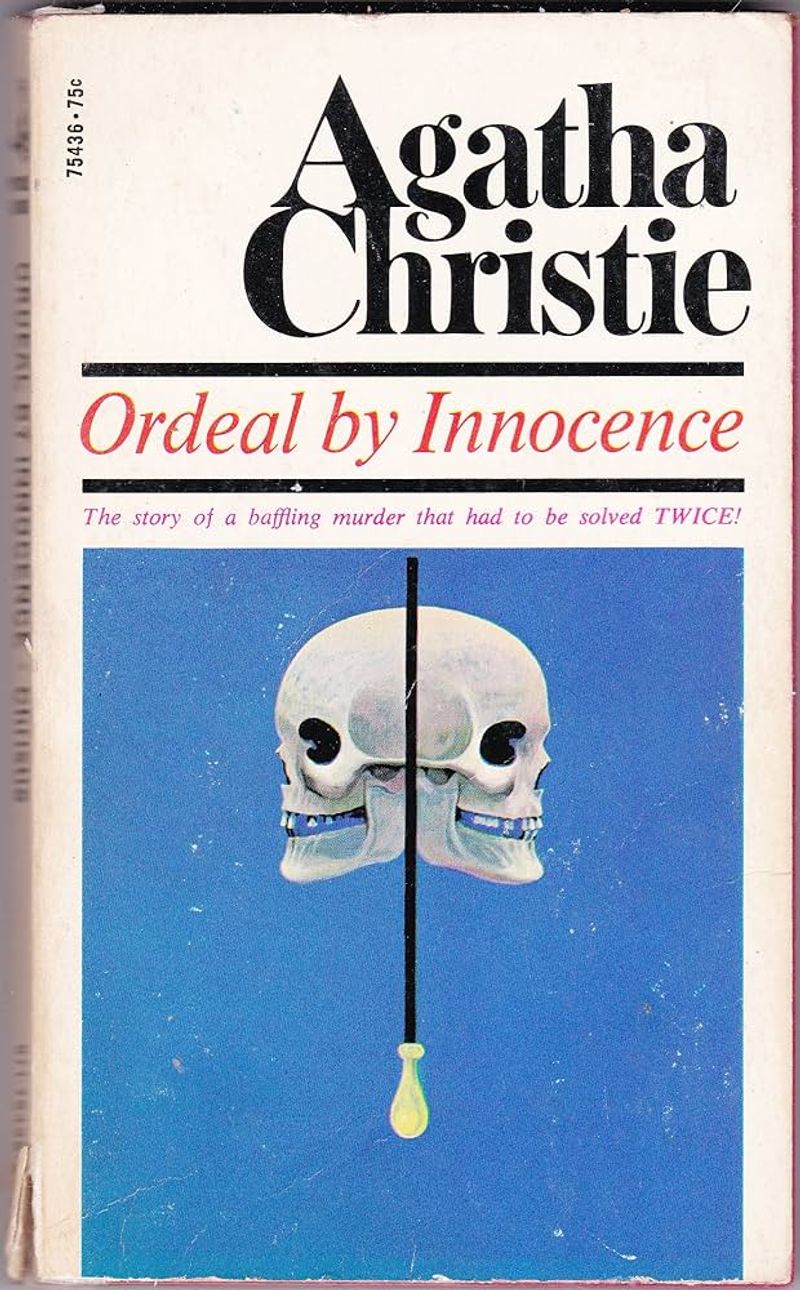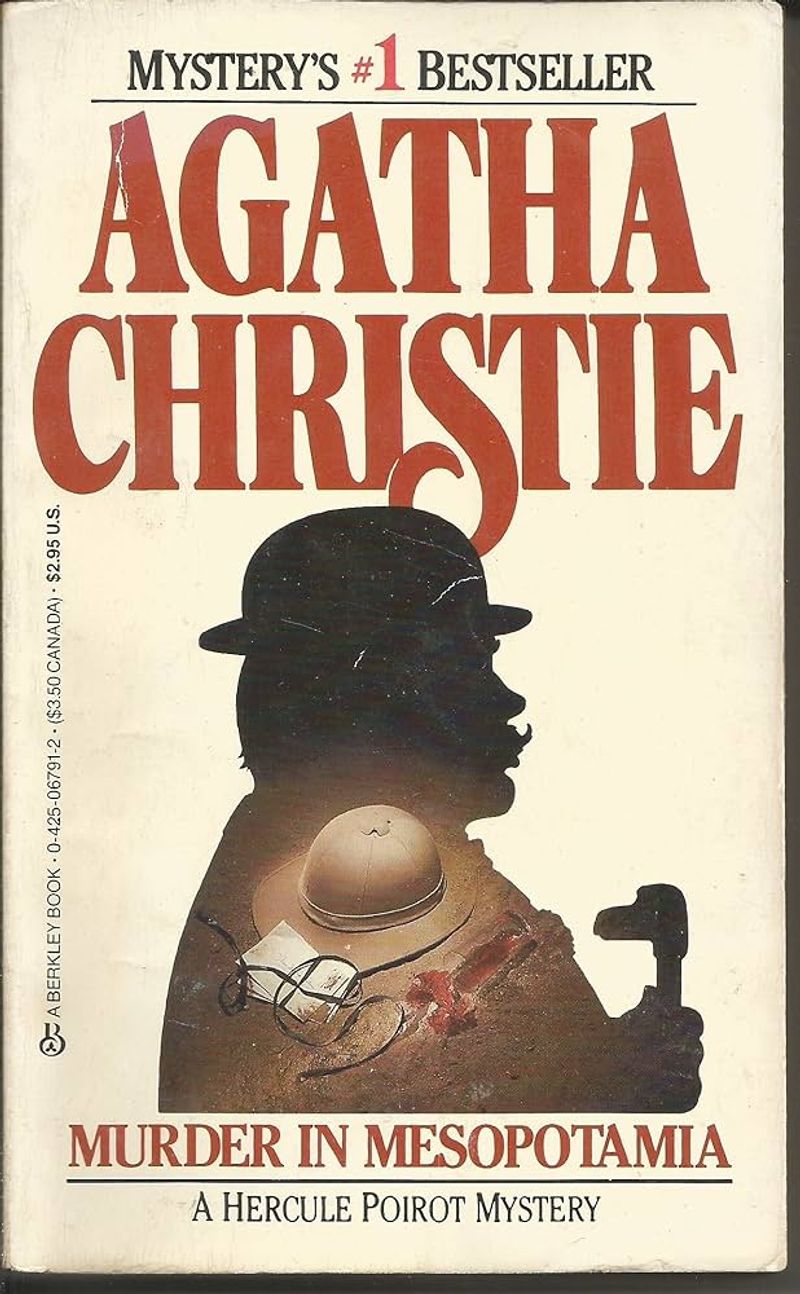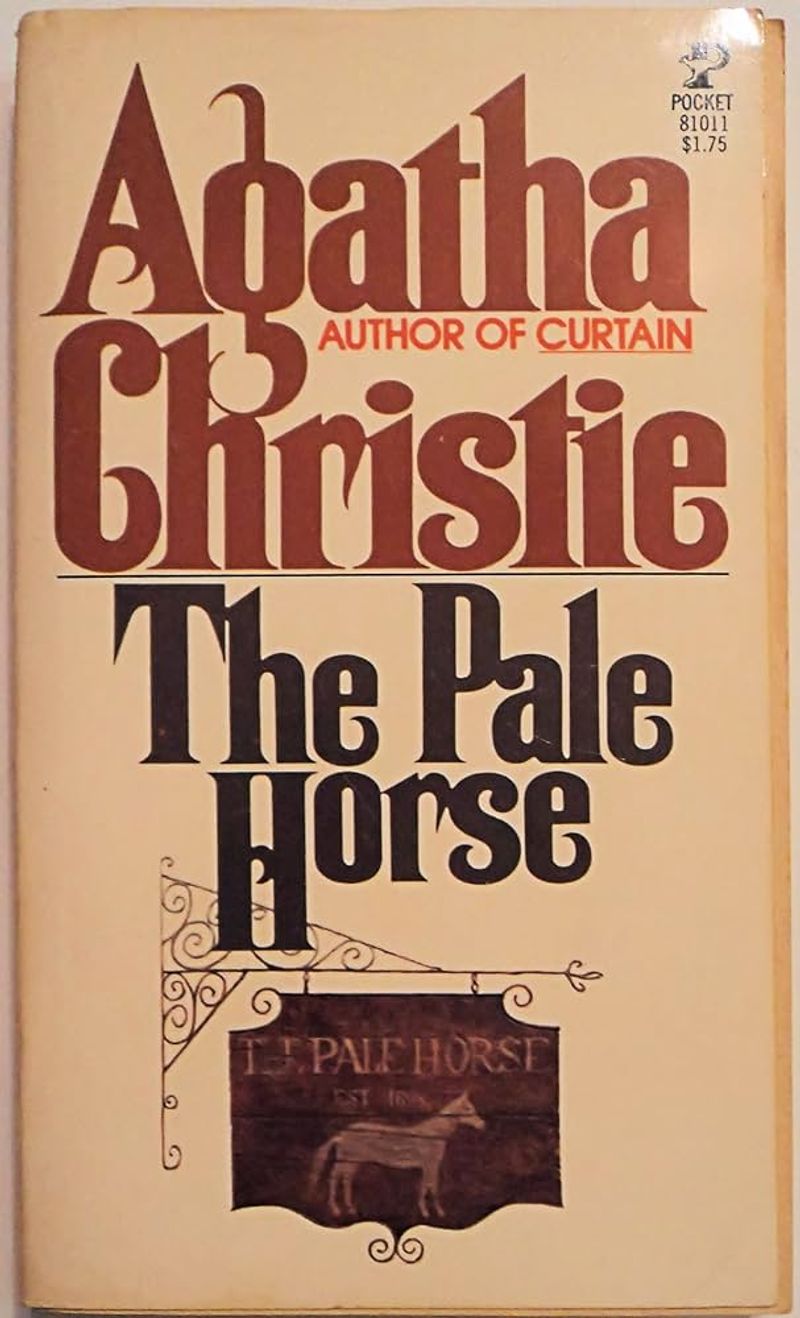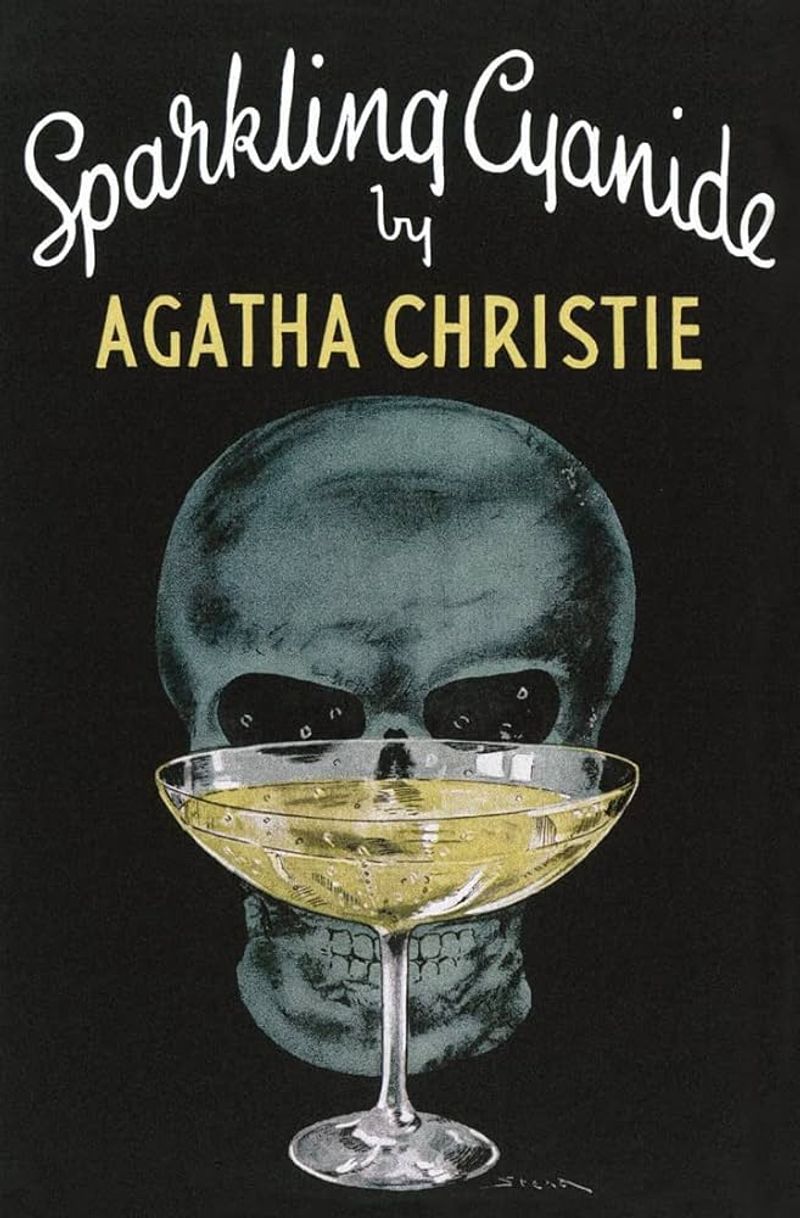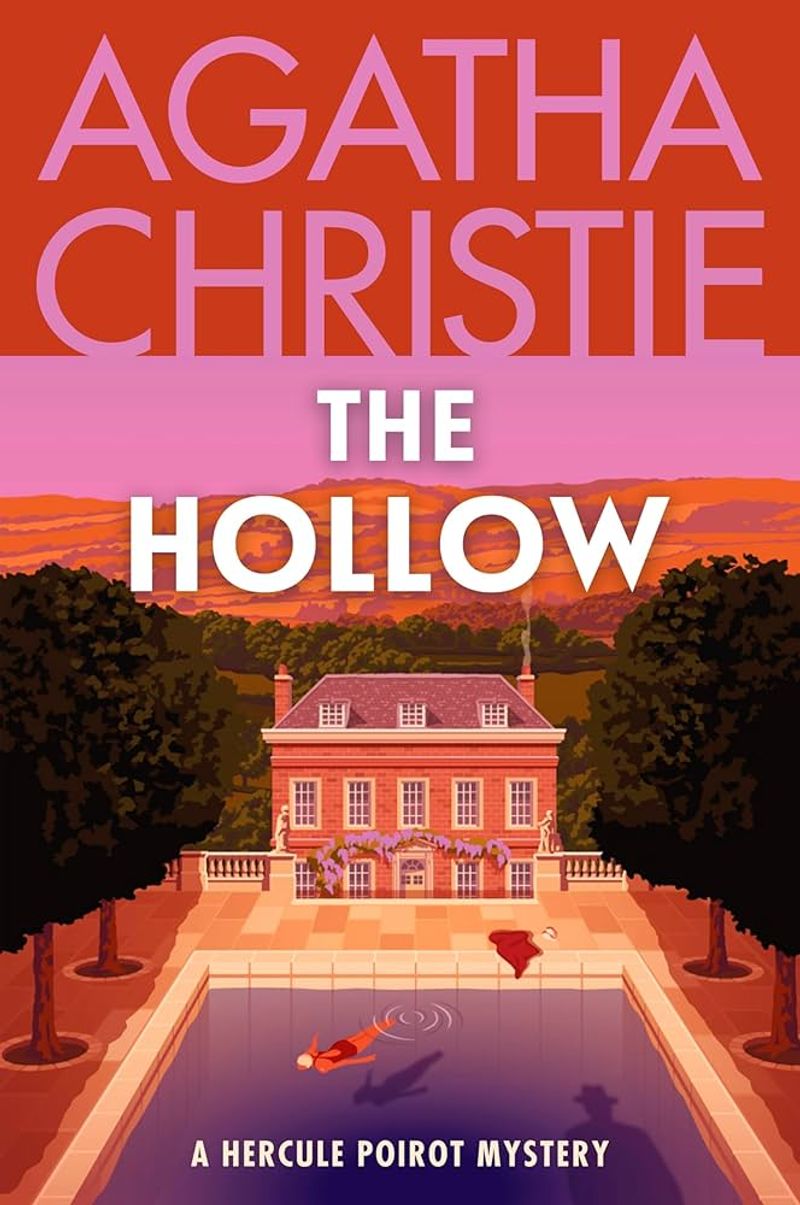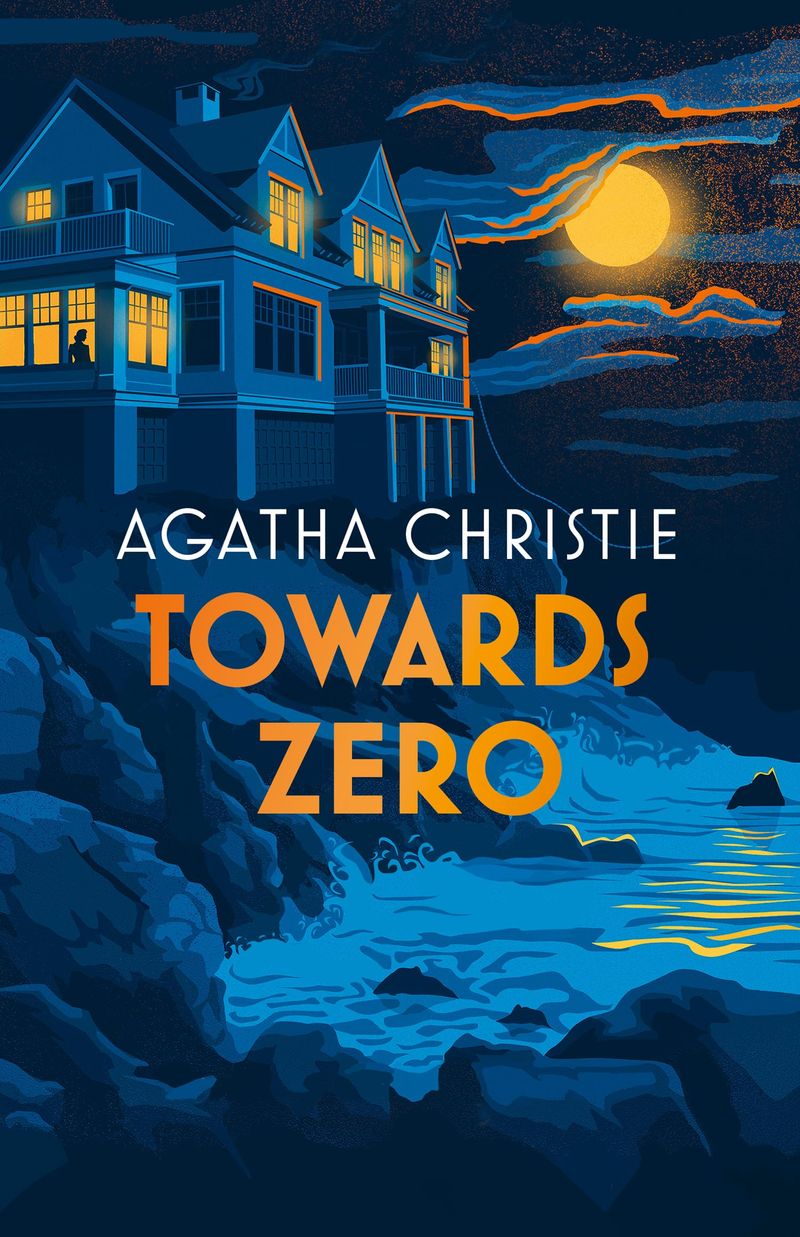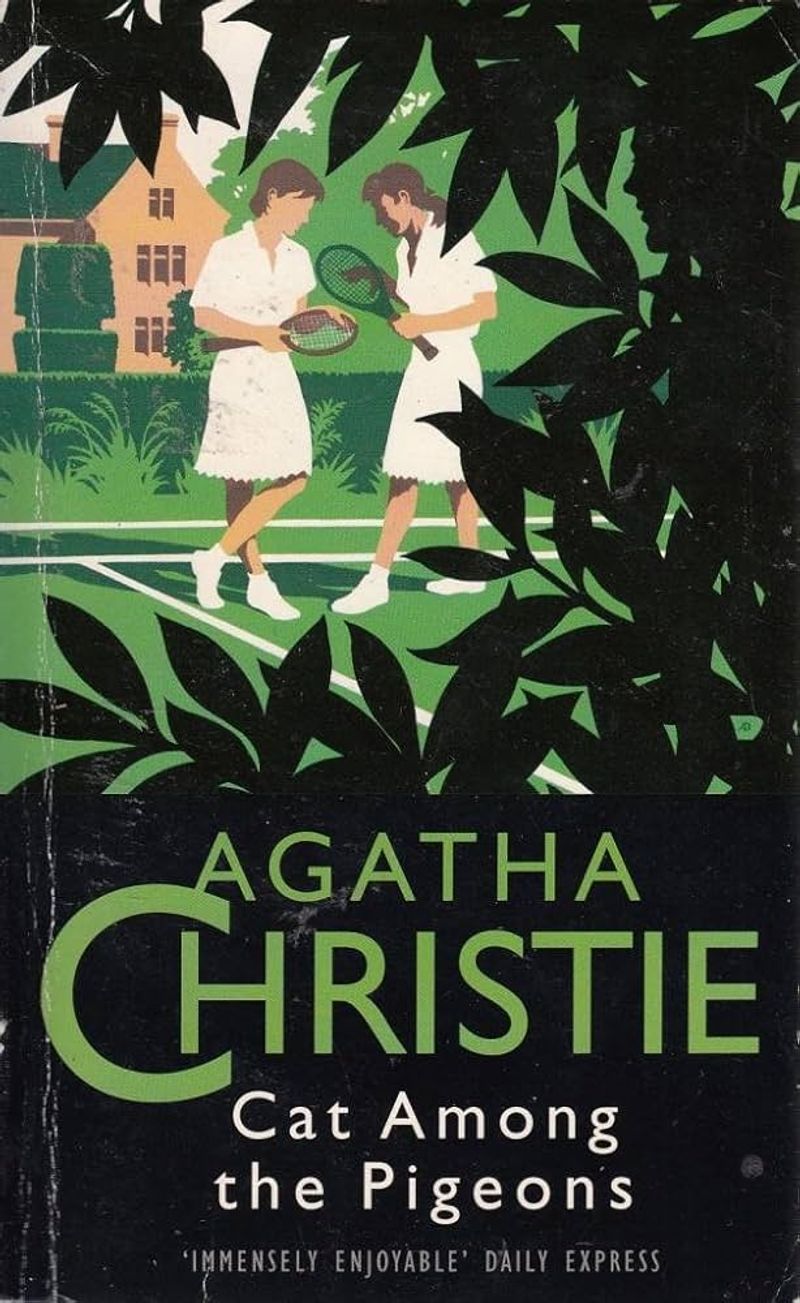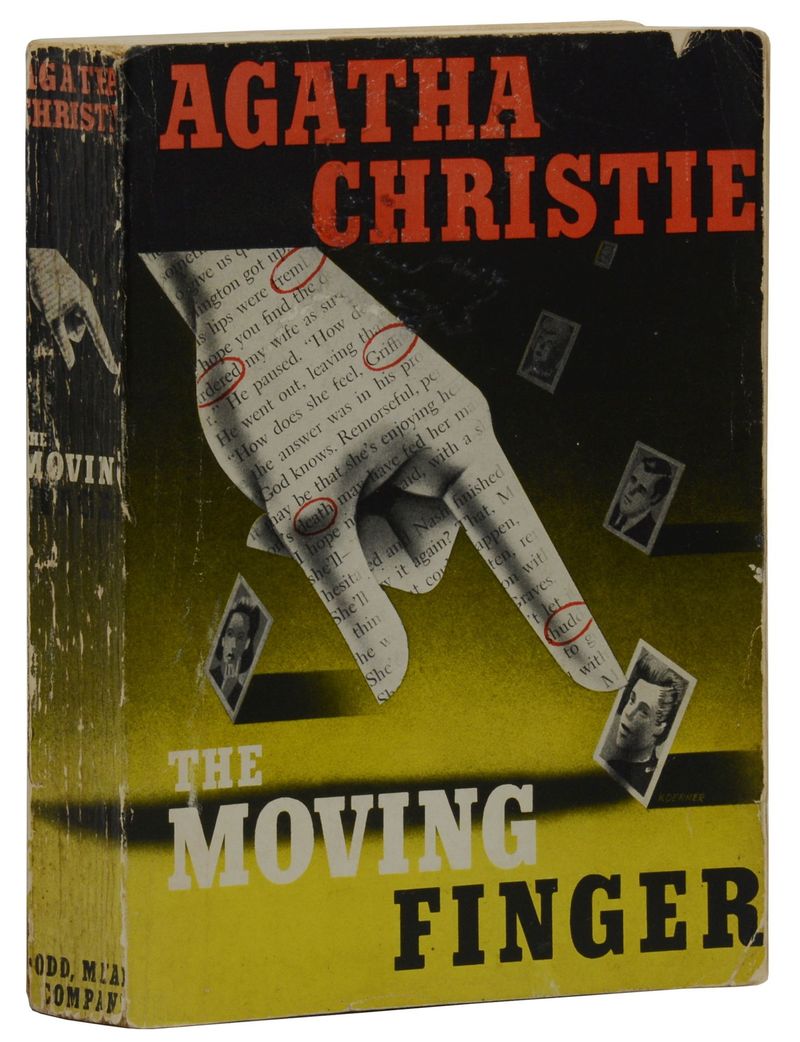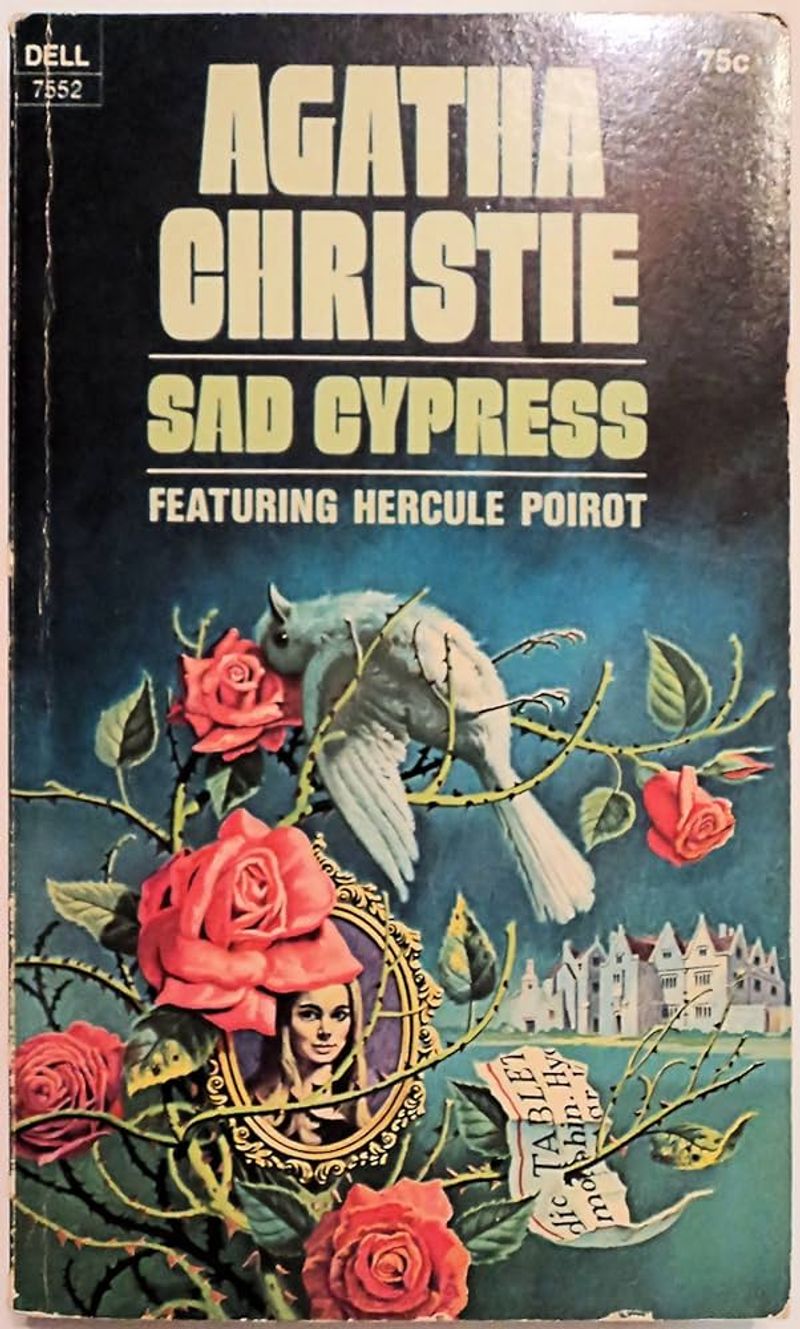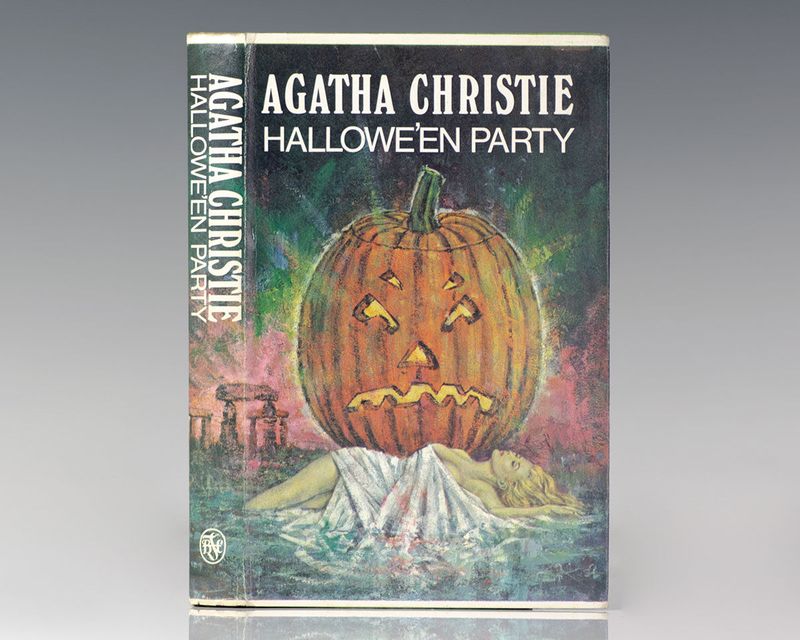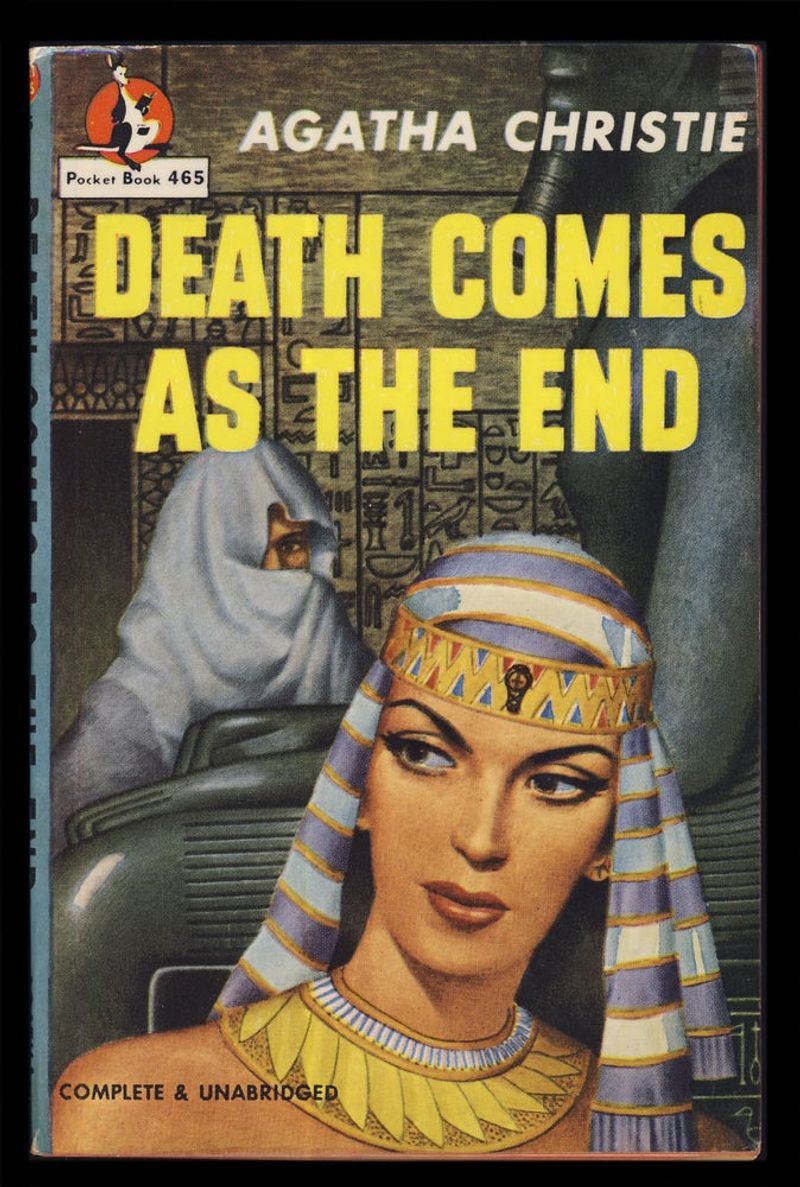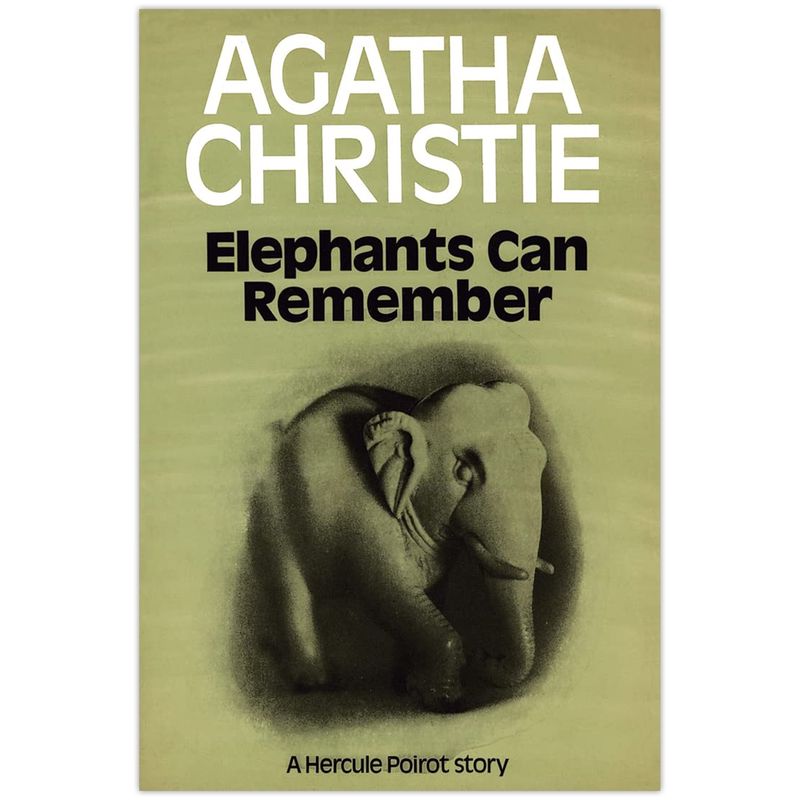Agatha Christie, the undisputed “Queen of Crime,” is renowned for her iconic detective characters and ingenious plot twists. While many of her works, like “Murder on the Orient Express” and “Death on the Nile,” are celebrated worldwide, there are numerous other gems in her bibliography that deserve attention. In this blog post, we delve into 17 lesser-known but equally brilliant Agatha Christie novels, each offering unique narratives and unforgettable mysteries. From psychological thrillers to historical whodunits, these books showcase Christie’s unparalleled storytelling prowess, guaranteed to captivate both ardent fans and newcomers alike.
1. The Murder of Roger Ackroyd (1926)
In the peaceful village of King’s Abbot, the seemingly idyllic life is shattered by the murder of Roger Ackroyd, a wealthy widower. The narrative is told by Dr. Sheppard, who recounts Hercule Poirot’s meticulous investigation into the baffling crime. What sets this novel apart is its groundbreaking twist ending, which redefined the genre and left readers astounded. Christie ingeniously plays with the reader’s assumptions, crafting a story that is as much about the psychology of deception as it is about solving a murder. This masterpiece continues to influence writers today with its clever construction.
2. Crooked House (1949)
Set against the backdrop of a luxurious English mansion, “Crooked House” delves into the dark secrets of a wealthy family. When the patriarch, Aristide Leonides, is poisoned, suspicion falls on his eccentric relatives. Christie crafts a compelling psychological exploration of familial intrigue and jealousy. The novel’s climax delivers a shocking revelation that challenges notions of morality and justice. Christie’s own admission of this being one of her favorite works is testament to its brilliance. With its haunting atmosphere and intricate character studies, “Crooked House” remains a standout in Christie’s oeuvre.
3. Endless Night (1967)
“Endless Night” is a departure from Christie’s traditional detective stories, offering a chilling, Gothic-tinged narrative. Told from the perspective of Michael Rogers, a young man entangled in a fatal love affair, the story unfolds with an eerie sense of inevitability. Christie masterfully builds tension, drawing readers into a world where dreams and nightmares coexist. The title itself is a nod to William Blake’s poem, hinting at the existential dread permeating the novel. As secrets unravel, the line between dreams and reality blurs, culminating in a hauntingly unexpected conclusion.
4. Five Little Pigs (1942)
In “Five Little Pigs,” Hercule Poirot embarks on a retrospective investigation to solve a 16-year-old murder case. The victim, artist Amyas Crale, was poisoned, and his wife was convicted. Through interviews with five key witnesses, Poirot reconstructs the fateful day, each account providing a unique perspective. Christie’s innovative narrative structure allows readers to piece together the puzzle alongside Poirot. The novel raises profound questions about memory and truth. Its inventive approach and emotional depth make it a standout case for Poirot, showcasing Christie’s mastery in unraveling human motivations.
5. The ABC Murders (1936)
“The ABC Murders” features Hercule Poirot facing one of his most cunning adversaries—a serial killer who strikes according to the alphabet. With each murder, Poirot receives a taunting letter, challenging him to prevent the next crime. The tension escalates as the killer’s pattern becomes clear, yet identifying the murderer remains elusive. Christie expertly manipulates suspense, leading readers through a labyrinth of clues and red herrings. This novel is a testament to her skill in crafting page-turning thrillers. Its clever plot and unexpected resolution continue to captivate and intrigue.
6. Ordeal by Innocence (1958)
In “Ordeal by Innocence,” the conviction of Jacko Argyle for his mother’s murder is overturned when new evidence emerges, throwing the Argyle family into turmoil. The story unfolds with no detective in sight; instead, Christie focuses on the psychological and emotional upheaval within the family. As secrets resurface, each member faces a trial of conscience, grappling with guilt and suspicion. This novel’s strength lies in its exploration of the fragility of innocence and the human capacity for deception. “Ordeal by Innocence” is a gripping read, rich in suspense and moral complexity.
7. Murder in Mesopotamia (1936)
Set against the exotic backdrop of an archaeological expedition in Iraq, “Murder in Mesopotamia” presents Hercule Poirot with a seemingly impossible murder. The victim, an archaeologist’s wife, was found dead in her room, locked from the inside. As Poirot delves into the lives of the expedition members, he uncovers a web of hidden tensions and past betrayals. Christie’s vivid setting and intricate plot create an atmosphere of suspense and intrigue. This novel stands out for its rich cultural details and Poirot’s astute psychological insights, making it a captivating mystery.
8. The Pale Horse (1961)
In “The Pale Horse,” Christie ventures into the supernatural with a tale of mysterious deaths linked to a list of names. When Mark Easterbrook stumbles upon the list, he is drawn into a world where sinister forces seem to be at play. The novel weaves together themes of superstition and rationality, challenging characters and readers to discern reality from illusion. As the mystery unfolds, the chilling plausibility of the events leaves a lasting impression. Christie’s exploration of dark themes and the eerie atmosphere distinguish this novel as a unique and memorable read.
9. Sparkling Cyanide (1945)
“Sparkling Cyanide” revisits a year-old murder at a dinner party, where Rosemary Barton died from cyanide poisoning. As her husband gathers the same guests, new truths emerge, leading to shocking revelations. Christie’s deft use of multiple perspectives adds layers of complexity, drawing readers into the tangled motives of each character. The novel’s glamorous setting contrasts with the underlying deceit, creating a gripping narrative. With its intricate plotting and surprising twists, “Sparkling Cyanide” showcases Christie’s unparalleled ability to weave suspenseful tales that hold readers captive until the last page.
10. The Hollow (1946)
In “The Hollow,” a weekend gathering at a country house is disrupted by murder. Doctor John Christow is found dead by the pool, surrounded by his guests. Christie delves into the intricate dynamics between the characters, capturing the psychological tensions that simmer beneath the surface. Poirot’s involvement adds to the narrative’s depth, as he navigates the emotional complexities to uncover the truth. The novel’s exploration of love, jealousy, and betrayal is both compelling and emotionally resonant, cementing its place as one of Christie’s most profound mysteries.
11. Towards Zero (1944)
“Towards Zero” begins at the end, with the murder of Lady Tressilian at a seaside home. Superintendent Battle faces the challenge of unraveling a mystery where every clue points to a different suspect. Christie’s novel explores the theme of inevitability, as she constructs a narrative that converges toward its tragic conclusion. The interplay of characters’ motives and secrets creates a tense and engaging story. With its meticulous plotting and clever twists, “Towards Zero” exemplifies Christie’s talent for crafting suspenseful, character-driven mysteries that keep readers guessing until the final page.
12. Cat Among the Pigeons (1959)
Set in a prestigious girls’ school, “Cat Among the Pigeons” begins with a murder that sends shockwaves through the institution. As the investigation unfolds, complex connections to international intrigue emerge. Poirot’s late entry into the story adds a layer of surprise and depth. Christie expertly blends the seemingly mundane school setting with elements of espionage, creating a narrative rich with suspense and unexpected developments. The novel’s clever integration of diverse plotlines and Poirot’s sharp deductions make for an engaging and satisfying mystery that highlights Christie’s storytelling prowess.
13. The Moving Finger (1942)
“The Moving Finger” introduces readers to the tranquil village of Lymstock, where a series of poison-pen letters disrupts the peace. The letters spark suspicion and fear among the villagers, culminating in murder. Miss Marple’s appearance brings her keen insight and understanding of human nature to unravel the truth behind the malicious campaign. Christie’s novel is a masterful exploration of small-town dynamics and the power of words to incite chaos. The blend of humor and tension, along with a cleverly constructed plot, ensures “The Moving Finger” remains a captivating read.
14. Sad Cypress (1940)
“Sad Cypress” unfolds through a blend of romance and courtroom drama. Elinor Carlisle stands accused of poisoning her rival in love, with Hercule Poirot tasked to uncover the truth. Christie skillfully balances the emotional turmoil of unrequited love with the procedural rigor of a murder trial. The novel’s exploration of jealousy, trust, and justice is both poignant and thought-provoking. Poirot’s unwavering pursuit of truth leads to a resolution that challenges perceptions of innocence and guilt. “Sad Cypress” showcases Christie’s adeptness at weaving complex emotional narratives with classic whodunit intrigue.
15. Hallowe’en Party (1969)
“Hallowe’en Party” begins with the chilling murder of a child during a party, casting a shadow over the festivities. Hercule Poirot is called to navigate the web of secrets and lies that led to the crime. Christie’s novel captures the eerie atmosphere of Halloween, heightening the sense of suspense. The juxtaposition of childlike innocence with dark motives creates a haunting narrative. Poirot’s methodical approach to solving the mystery uncovers hidden truths, resulting in a gripping and unsettling tale. “Hallowe’en Party” remains a testament to Christie’s ability to blend suspense with psychological insight.
16. Death Comes as the End (1944)
“Death Comes as the End” is unique in Christie’s repertoire as her only historical mystery, set in ancient Egypt. The novel explores the murder of a family patriarch, with suspicion falling on his heirs. Christie’s meticulous research and vivid depiction of the setting bring the ancient world to life, adding depth to the narrative. As the family’s secrets unravel, the timeless themes of power and betrayal are illuminated. This novel stands out for its ambitious scope and historical authenticity, offering readers a captivating blend of mystery and cultural exploration that transcends time.
17. Elephants Can Remember (1972)
In “Elephants Can Remember,” Hercule Poirot is drawn into a long-standing mystery involving a double suicide from the past. The novel explores themes of memory and the reliability of those who remember. As Poirot investigates, he uncovers layers of truth obscured by time and emotion. Christie’s narrative is infused with a sense of nostalgia and reflection, capturing the complexity of human recollection. The resolution, both surprising and poignant, underscores Christie’s ability to intertwine personal history with detective work. “Elephants Can Remember” is a testament to her enduring skill in crafting engaging and thought-provoking mysteries.
